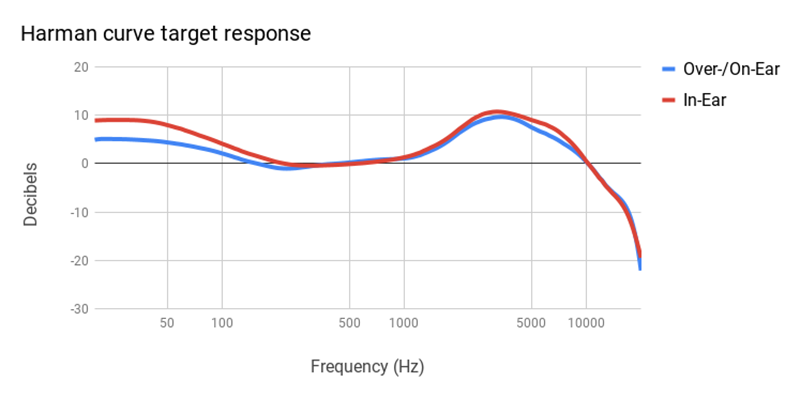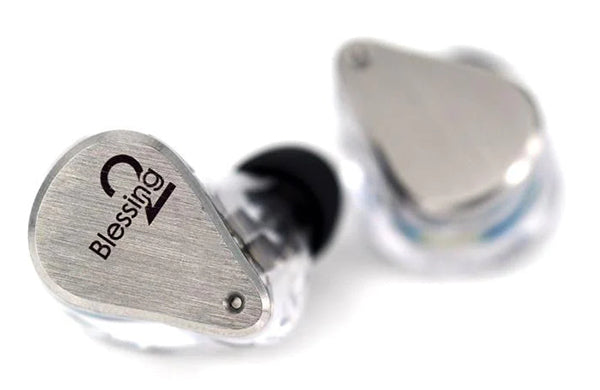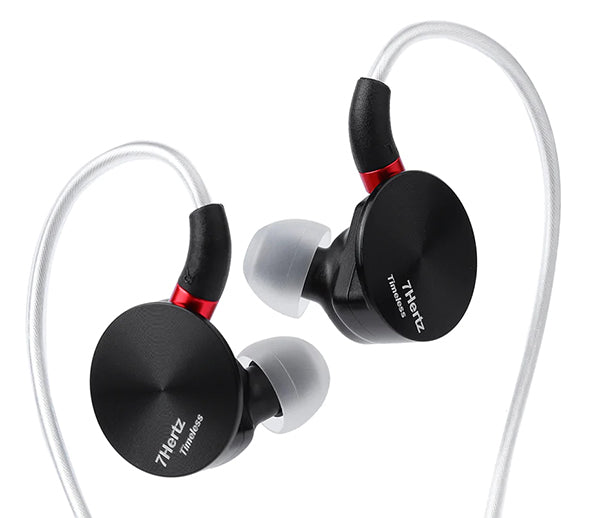If one of the greatest limitations to getting good stereo sound is the dominating effect of your room’s sonic and tonal personality, then what might be a better way of tailoring your own personal preferred listening experience than to eliminate the room altogether – and hone your listening skills at the same time. What am I talking about? I am referring to headphones, and more specifically, in-ear monitors (IEMs). Often referred to as earbuds, earphones, or in-ear headphones, I’ll go with the term in-ear monitors, as they are typically called in the world of pro audio.
It occurs to me that with such a global demand for in-ears, albeit that they may primarily be used for plugging into mobile phones and portable devices (which is not a crime in and of itself), two things really stand out:
One, there is a phenomenal global demand. Second, that there exists such fierce competition in the IEM space that it is driving some recent improvements in sound and manufacturing quality of very inexpensive IEMs. Some brands are tuning their devices so well that a low purchase price is perhaps less-indicative of lesser sonic quality than ever before. Increasingly, as more and more people care more about the preferred tonal “personality” traits and sonic reproduction of their favorite tunes, it seems to me they are becoming more demanding and well-informed about what sounds good.
Yet it is true that there is an absolute plethora of IEMs on the market that sound anywhere from downright mediocre to shockingly harsh, brittle and thin. There are models with massively exaggerated bass response, and others with a deep V-shaped midrange scoop.
Of course, listener preferences can be subjective, but we do have a benchmark to steer by – that of the “Harman curve.” It’s a frequency response curve derived from research by Harman International. This curve has been deemed by Harman to be pleasing to a majority of listeners, offering sufficient bass, clean non-muddied mids, good vocal representation and adequate detail in the treble response without being fatiguing and wearing as you listen to your favorite drum parts, cymbal hits and hi-hat rides. The fact that so may manufacturers plot their frequency responses for their IEMs makes it a relatively easy thing to make visual comparative analyses of sonic characteristics. Although looking at frequency response curves is not a bulletproof method for comparing apples to apples, (or Samsungs to Samsungs) it can certainly set you off in a good direction. (For more about the Harman curve, click here.)
 The Harman curve, a target frequency response curve for headphones. Courtesy of Jazz Times magazine.
The Harman curve, a target frequency response curve for headphones. Courtesy of Jazz Times magazine.How well the IEMs fit in your ears is a significant factor that should not be overlooked, especially when doing critical listening. A bad fit will affect how the headphones sound, particularly in the bass. A poorly-fitting seal in your ear canal entrance is just not going to cut it if you do anything other than sit rigidly still when listening, and that alone probably negates the experience for the joggers, athletes, gym-goers, walkers and others among us. I haven’t had a lot of luck with the Apple EarPods; although their cleverly-designed contoured earpiece tries to provide a tapered one size fits all solution, in my experience, it just means that the EarPods habitually fall out and don’t work like a proper IEM. (The sound quality is what could perhaps be generously described as forgivably functional and passable.)
Let’s return, though, to considering if quality has improved at lower price points. What factors go into the cost of a well-made IEM? Apart from the obvious point of the build quality and longevity of the components used, do the earphones come with a selection of different sized ear buds for an optimal fit? Usually, a respectable brand will give you at least three sizes, and some will include Comply or other memory foam eartips. Here’s something to consider: the size of each of your ears may not be the same, and you may find that using two different sizes may work best for your ears.
If you are unaware of these and want a very-good-sounding product that comes with a set of earbuds which on their own might cost around half the price of the IEM itself, check out the Linsoul Audio Moondrop Chu. At under $25 these IEMs (along with a select peer group in their price range), are ridiculously well-balanced and tuned and I have to say compete with some products more than ten times their price. It’s borderline insanity that such quality is available in today’s marketplace. But then, look at the technology in our mobile phones, and that contextualizes where and perhaps why these advancements are breaking new ground in price-to-performance ratios. Perhaps surprisingly the Moondrop Chu earpieces are indeed made of metal, not plastic, and even feature an attractive and detailed logo. The packaging is also excellent, featuring one of Moondrop’s stylized Manga-esque characters.
Other things to consider when looking at (and listening to) IEMs: are the cables detachable from the earpieces so that if caught, they don’t snag, stretch or break? If this might be an issue and you also might want to be able to detach your cables for tidy storage, look at the 7HZ Salnotes Zero, also from Linsoul. These in-ears feature a subtly-improved treble response over the Chu, and the price difference is negligible. Do they sound good? No, they sound very good. If you want to invest more money in excellent performing IEMs from Moondrop, perhaps consider the Blessing 2 and Moondrop Variations models (US$319.99 and US$520 respectively), both of which have their devotees, primarily due to their natural-sounding presentation and better-balanced top end. Of course, there are also plenty of high-quality models from manufacturers including Periodic Audio, Shure, Cardas, Audio-Technica, Jerry Harvey Audio, Shure, Bose, Sennheiser, HIFIMAN, Audeze and numerous others.

Another thing to consider is whether the IEM has single or multiple drivers and crossovers – yes, that is also a thing in the IEM space. Also, IEMs can use either dynamic drivers (like miniature loudspeakers), or balanced armature drivers, where a voice coil is wrapped around an armature that is suspended between two magnets. The conventional wisdom is that dynamic drivers have a stronger low-end response, while balanced armature designs deliver better midrange and high-frequency response, but as always, the implementation can be as or more important than the technology. Some models incorporate a hybrid of both designs.
Check out the Truthear Zero in-ears from Shenzhen Audio (not to be confused with any other units named Zero from other brands) which utilizes both a 10 mm and a 7.8 mm dynamic driver and a crossover. There are even IEMs with planar-magnetic drivers, like the AAW Nightingale or the more affordable Linsoul Audio 7HZ Timeless.

I have been blown away by the sound quality of some modern IEMs. You do have to sift out a lot of junk. To that end, I have recently tried many different models to replace a beloved set of IEMs that I owned. I don’t wish to name and shame the brand, but I was…disappointed that there was no offer to repair them from the unspoken of and undivulged company. What had me really bothered, however, was that when after gently removing the earbud, the entire driver unit came away from its ceramic housing, taking with it the super-fine-gauge voice coil wire which could simply not be reattached. I wouldn’t have minded, but they had a retail price of almost $200. One may typically expect these kinds of issues from something that cost $25. The upside however, is that so much advancement has been made in IEMs in recent years that equivalent and indeed better-sounding products are more readily available than ever.
In our next installment we will look more deeply into in-ear monitor technology and how you may improve your own listening experience. I’ll also discuss noise-cancellation and its advantages and limitations.
Header image courtesy of Pexels.com/Shazard R.













0 comments